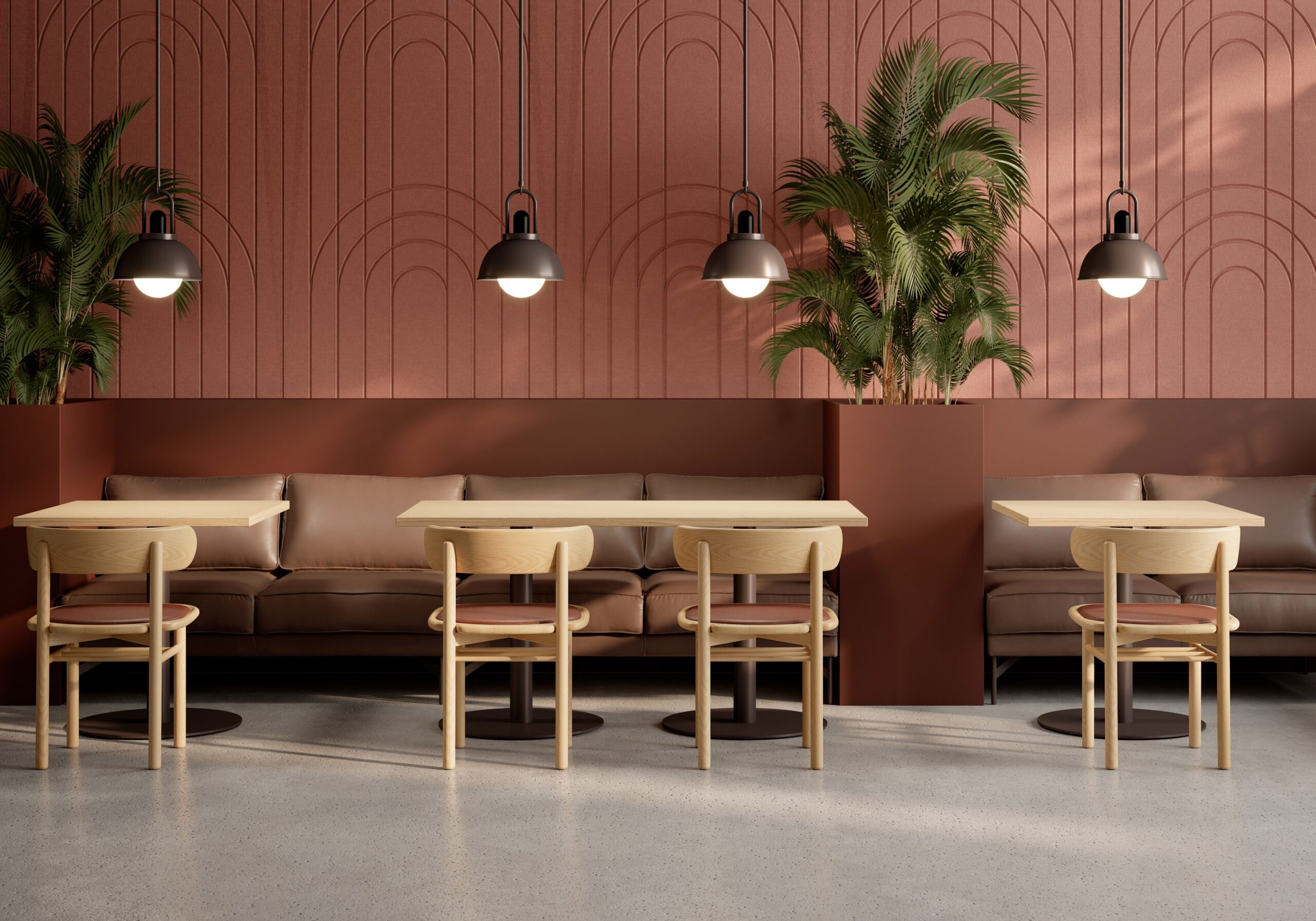Standing Desk Pros And Cons
It seems like yesterday. It inspired curiosity, sideways glances and even the occasional smart-aleck remark. What kind of contraption is a standing desk? And who would want to stand while they work anyway?
That contraption – also known as a height-adjustable desk – has enjoyed a spike in respectability that would give fax machines a run for their ink cartridges. Once an anomaly in offices, standing desks are being touted by experts who cite myriad health benefits of standing vs. sitting during a six- to eight-hour work day.
They’re embraced by employers eager to tame their health insurance costs and health conscious employees determined to tame their waistlines. But the desks are not for everyone. If you’re giving them more than a sideways glance – even serious consideration – you’ll want to evaluate the standing desk pros and cons in the context of what makes them so appealing in the first place.
Study reveals risks of sitting
Even if you don’t have a “nose for news,” you may remember a landmark study led by the Cleveland Clinic. It garnered worldwide attention almost as much for its size – more than 122,000 patients who underwent treadmill testing – as for the chief finding that the media reduced to a pithy sound bite: “Sitting is the new smoking.”
A longer statement from researchers was more specific: “If you compare the risk of sitting versus the highest performing (patients) on the exercise test, the risk is about three times higher than smoking.
Too much sitting undermines the body
- Anxiety and depression
- Back, neck, shoulder and hip pain
- Blood clots
- Cancer
- Chronic joint pain
- Diabetes
- Heart disease
- Obesity
- Varicose veins
Standing goes right to the head
It’s easy to see how a height adjustable desk can mitigate some of these maladies, especially the aches and pains that seem to come out of nowhere as you attempt to straighten up after hours of sitting in the same position.
Moreover, since standing desks increase blood flow to the brain, they can reduce fatigue and fuel a greater sense of energy that can lead to:
- Better communication, since people at standing desks not only enjoy greater mobility but the ability to see and engage with people around them
- Greater productivity
- Improved attention and focus
Standing is better for your body
Standing carries risks
Some of the earliest advocates of standing desks, including Winston Churchill and Ernest Hemingway, might say that working while standing unleashed their critical thinking and creative skills. But not even these luminaries would have said the desks are perfect, knowing that standing too long can contribute to:
- Poor posture
- Sore feet
- Tightened joints
Although standing for too long can cause some strain issues, using an anti-fatigue mat under your desk and moving frequently can help relieve these stresses on your body.
Rightsize can ensure a proper fit
Examining the sit-stand desk pros and cons makes three truisms abundantly clear:
- It’s vital to install an ergonomically correct work station.
- Employees should be trained to use the station and, perhaps, switch between sitting and standing during the work day since too much of either position isn’t ideal. Converters for traditional desks and sit-stand desks make it possible to experience the benefits of sitting and standing throughout the day.
- It helps to work with a qualified office design expert who can offer personalized advice. The very best can be found at Rightsize Facility. Make an appointment for a free consultation (1.800.815.8592), and we’ll make sure that a height-adjustable desk is the right fit for you and your employees.




